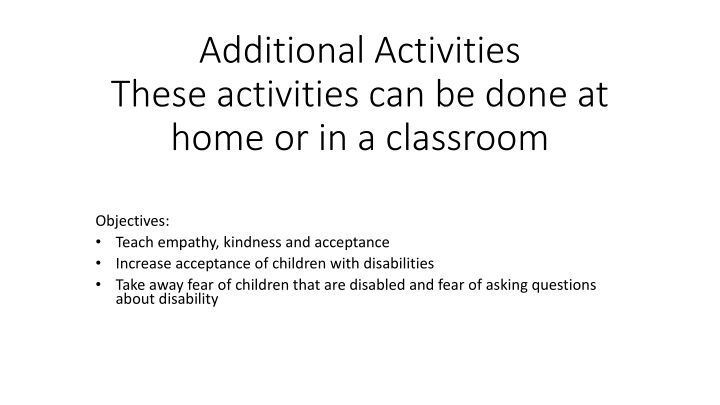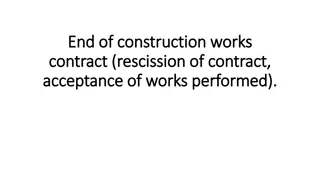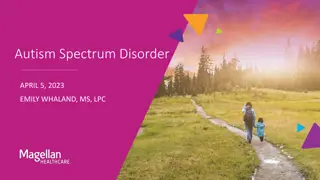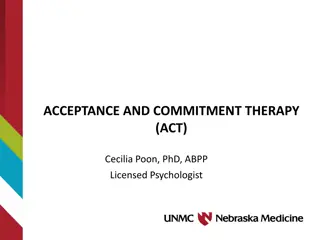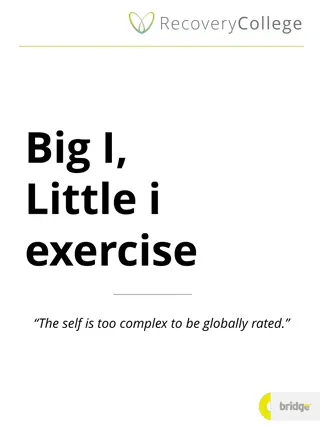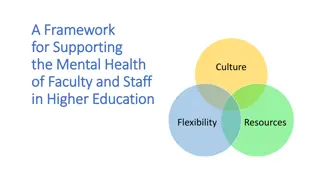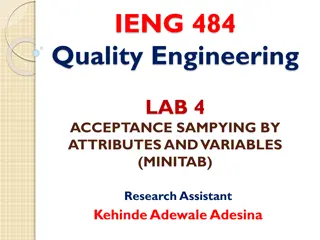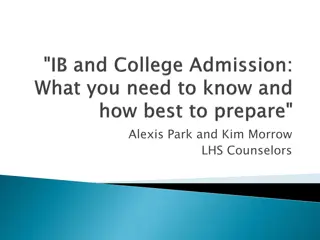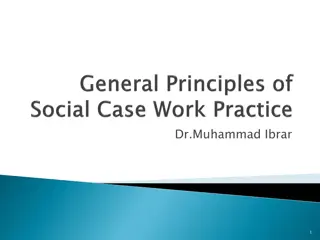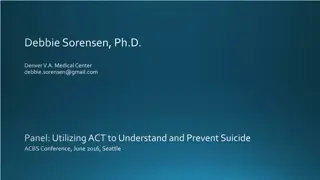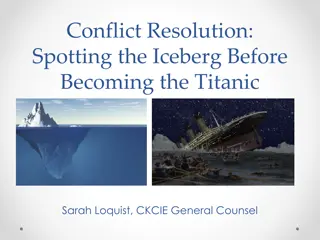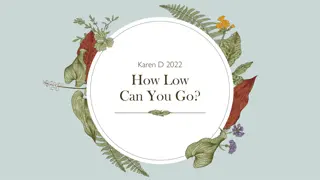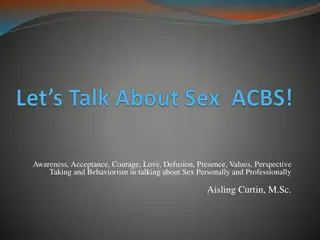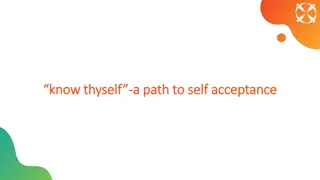Promoting Acceptance and Understanding
Engage in additional activities at home or in the classroom to teach empathy, kindness, and acceptance towards children with disabilities. Plan a school visit to promote understanding and compassion. Utilize educational books and activities to spark conversations about differences and disabilities, fostering a supportive environment for all children.
Download Presentation

Please find below an Image/Link to download the presentation.
The content on the website is provided AS IS for your information and personal use only. It may not be sold, licensed, or shared on other websites without obtaining consent from the author.If you encounter any issues during the download, it is possible that the publisher has removed the file from their server.
You are allowed to download the files provided on this website for personal or commercial use, subject to the condition that they are used lawfully. All files are the property of their respective owners.
The content on the website is provided AS IS for your information and personal use only. It may not be sold, licensed, or shared on other websites without obtaining consent from the author.
E N D
Presentation Transcript
Additional Activities These activities can be done at home or in a classroom Objectives: Teach empathy, kindness and acceptance Increase acceptance of children with disabilities Take away fear of children that are disabled and fear of asking questions about disability
Plan a school visit to a General Education Classroom Bring your personal book to read to class and print out copies for students to bring home from pdf Talking points you can speak with class about before reading your My Heart Book: Point out how everyone has things they are good at and things that are hard for them. We are all different in some ways and the same in others. Some children with special needs may require extra help with many tasks that are easy for other children. Talk about some of the challenges and that some children with special needs may have to go to a special school. Read the book you created Choose an activity from this document to do with the class. For example, if your child has issues with communication, ask the children to do a project together without talking. They will have to find other ways to communicate with their friends. After the game, talk about the experience with the children. (see following pages for more suggestions) Discuss what was hard about it. Talk about ways they can be kind and helpful to the child with special needs. At the end of your visit you may want to pass out lollipops or a small gift from the child and say something like Bobby wanted to give these to you since we all like lollypops, but we might like different flavors .
Lesson 1 Learn about differences- Its Ok To Be Different by Todd Parr Read It s Ok To Be Different Discuss with children what are things that make you unique and ask the following questions 1. What do you love about yourself? 2. What do you like about your friends? 3. What makes them good friends? 4. What are some things that are the same about you and your friends? (ie. gender, hair color) 5. What are some things that are different about you and your friends? 6. Tell me something you ve learned from a friend Be sure to provide lots of examples of your own
Lesson 2 Introduce Disability: My Brother Charlie by Holly Robinson Peete Read My Brother Charlie (can mention that this book is about one kind of disability and that there are many different kinds) Discuss that sometimes you will meet children that are great at some things and have difficulty with things that you are great at Ask children how they would feel if their words got locked inside of them Sensory activities: 1. Speak with your back turned to class. After speaking ask if it was hard to hear or understand what you were saying. 2. Pair children - One wears mittens and the other doesn t. Ask them to see how many pennies they each can pick up in 30 seconds. 3. Discuss the challenges of these activities and explain this is how Charlie or other people with special needs may feel.
Lesson 3: Read Well Paint the Octopus Red by Stephanie Stuve-Bodeen Follow with questions: How are you the same as a person with a disability? (can give examples) How might you be different from a person with a disability? How can you be kind to a person with a disability? What is something you might teach a person with a disability?
Lesson 4: See how it feels to not be able to speak: Woof A Love Story by Sara Weeks Read Woof A love Story . Discuss how the cat and dog have no words but cat and dog find a way to communicate with each other Ask how can you communicate without using words - give examples ie. gestures, sign language, pointing Activity (materials construction paper and glue cut out different shapes that children can use to put a house together): Model building a house with a student without using any words Put children in pairs to work together with their voices turned off to build the house Afterwards, ask how the children helped one another to build the house? How did they feel about not big able to use their words? How did they communicate? How do you think children who cant speak at all feel? Modifications: have different crafts available ie. Boat, cats face etc.
Lesson 5: Read Just Because by Rebecca Elliot Questions following the book: What can you do to help children that might have difficulty with something? How can you be a good friend if someone s words are locked inside them? How can we give each other compliments based on our different strengths? How can we teach each other new things? Activities: Ask children questions such as the following: What are you good at, what s hard for you, and then ask them why and have them answer Just because Put children in pairs and say what is different about them (give examples ie. hair color, eye color etc.). After they answer ask them why? and have them answer just because
Lesson 6: Read Were all wonders by RJ Palacio Discuss, the following quote from the book I know I can t change the way I look. But maybe just maybe people can change the way they see. If they do, they ll see I m a wonder we re all wonders. Ask the children what they want other people to see (know) most about them give examples - ie. kind, funny, caring Discuss the line in book Look with kindness and you will always find wonder, choose kind What are ways you can be kind? Start a kindness jar in class or at home throughout the school year, when kids are being kind, add a marble to the jar see how fast you can fill it up!
Resources - books to read each month to continue to highlight that different does not mean scary and that its cool to be kind It s Okay to Be Different by Todd Parr My Brother Charlie by Holly Robinson Peete We ll Paint the Octopus Red by Stephanie Stuve-Bpdeem Woof A love Story by Sara Weeks Just Because by Rebecca Elliot We re all Wonders by RJ Palacio Daniel s New Friend by Becky Friedman Spaghetti on a Hot Dog Bun by Maria Dismond The Jelly Donut Difference by Maria Dismond Lucas the Lion Loves The Tiny Talker by Ryan Rollen & Brittani Rollen
